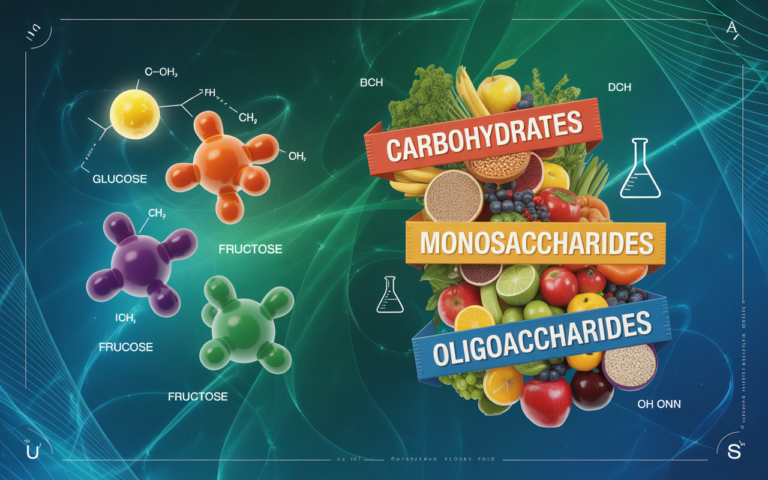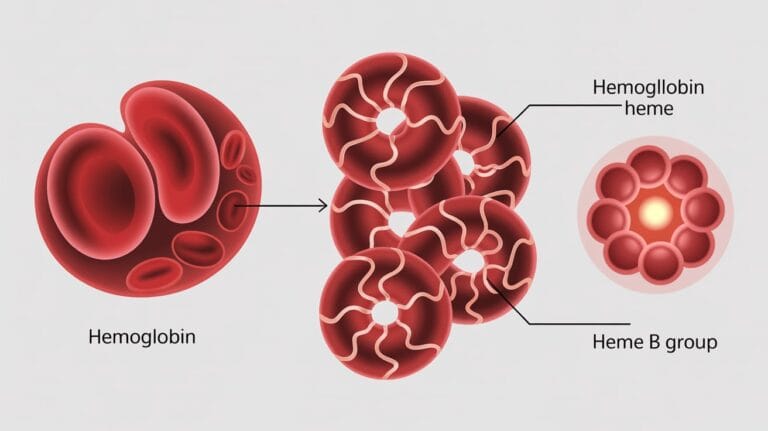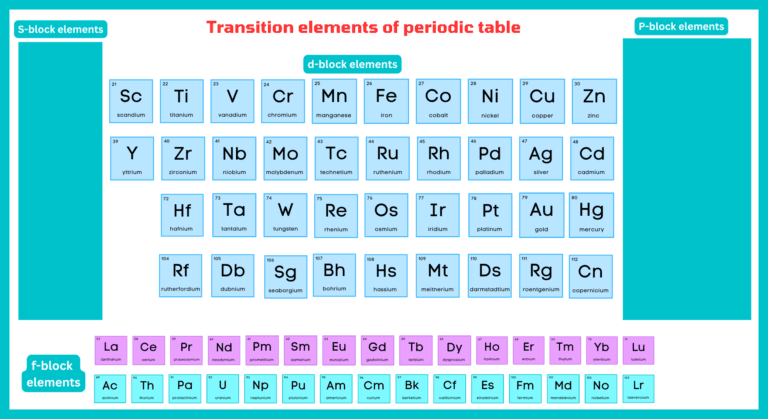Carbohydrates
What are Carbohydrates? It is defined as polyhydroxy (more than one hydroxy group) aldehydes or ketones compounds produced on hydrolysis, which are called carbohydrates. The name carbohydrates means ‘hydrates of carbon‘. They are the most abundant organic molecules in nature. They are composed of Carbon, Hydrogen, and Oxygen. The empirical formula of carbohydrates is [CH2O]n However,…



